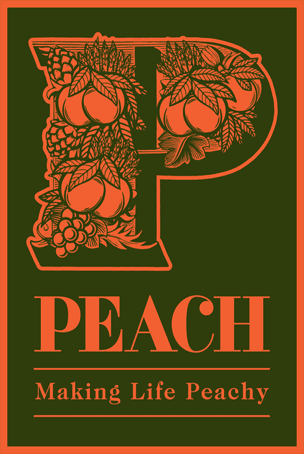When a force of nature encounters the forces of nature, sparks fly. Pedro Parra has made a name as South America’s leading soil scientist. In a continent with huge potential to make fine quality wine, and relatively little established “terroir”, wine-makers are making decisions every day on where to plant vineyards, and which grapes to plant. Parra’s life’s work has been to study the interaction of soil type and wine – and he is passionately convinced that only by harnessing the terroir will truly great wine be made.
 The holy grail for Parra is a soil with a good distribution of rocks and stones, and no clay beneath. He believes that the type of stone – granite, limestone, schist – fundamentally influences the wine’s flavours, and that clay makes for flabbier, less focused wines. His signature pose, the one in which he is almost always photographed, is standing in one of the many shallow graves – “calacitas” – he digs in fields and vineyards to verify the results of the geo-physical surveys he undertakes to map the land.
The holy grail for Parra is a soil with a good distribution of rocks and stones, and no clay beneath. He believes that the type of stone – granite, limestone, schist – fundamentally influences the wine’s flavours, and that clay makes for flabbier, less focused wines. His signature pose, the one in which he is almost always photographed, is standing in one of the many shallow graves – “calacitas” – he digs in fields and vineyards to verify the results of the geo-physical surveys he undertakes to map the land.
The hole he’s standing in when we meet him is close to Concepción, the port city where Parra was born and brought up. He returned to live there from Santiago – “a terrible place” – some years ago and welcomes us to “the real Chile”. We are four hours’ drive from established regions like Maipo, Colchagua and Curico. This is the wild frontier of Chilean wine-making – and on the bus ride we have passed from the first world of new cars and glossy service areas to the shacks and small villages of The Motorcycle Diaries.
There is no starchitect-designed winery here, just a dusty track bull-dozed through a field. The vines are not trained, but sprawl across the ground. Parra tells us that here is some of the best terroir and the best grapes in the whole of Chile. They are grown by poor farmers who have farmed here for uncounted generations, selling them to big wineries for what they can get. When vines die, they have been replaced with whatever plant material was available at the time. So the fields are blends of white and red, even some table grapes. Nevertheless, the quality is there. Parra says that his best Malbec is grown by a woman whose family has farmed their land since at least 1902. Dirt-poor all her life, he now pays her 10 times what she used to get paid for her grapes so that she is now a relatively rich woman. Pedro says he wishes the farmers would make the wines themselves, and put their names to them, but the world of sales and marketing is impossibly hard for most of them, who have never even travelled as far as Santiago.
Parra is a paradox – friends with some of the world’s best and most powerful wine-makers and suppliers, he still considers himself an outsider. His wine-making venture is called Clos des Fous, a French name, because it is the French who funded his research and “Fous” because he was called a madman when he said he and his friends were going off to make wine in the badlands of the South. A few years into the venture it no longer looks so mad. We tasted that Malbec and it was easy to believe him when he said he’d tasted it blind with some leading critics, who had not spotted it as Chilean or Malbec, but something European and finer. The glint in his eye suggests a man with a South American Judgment of Paris in mind not too far down the road.
Consulting Pedro Parra must be an exhilarating experience for a winery. I have rarely met anyone so violently opinionated. But the fact that he is in such demand suggests that his opinions are borne out by results. I said before that Parra is a paradox. Since “doxa” is greek for opinion, perhaps Parradox would make a good name for one of his wines.
